24 Hours Of Le Mans: Everything You Need To Know
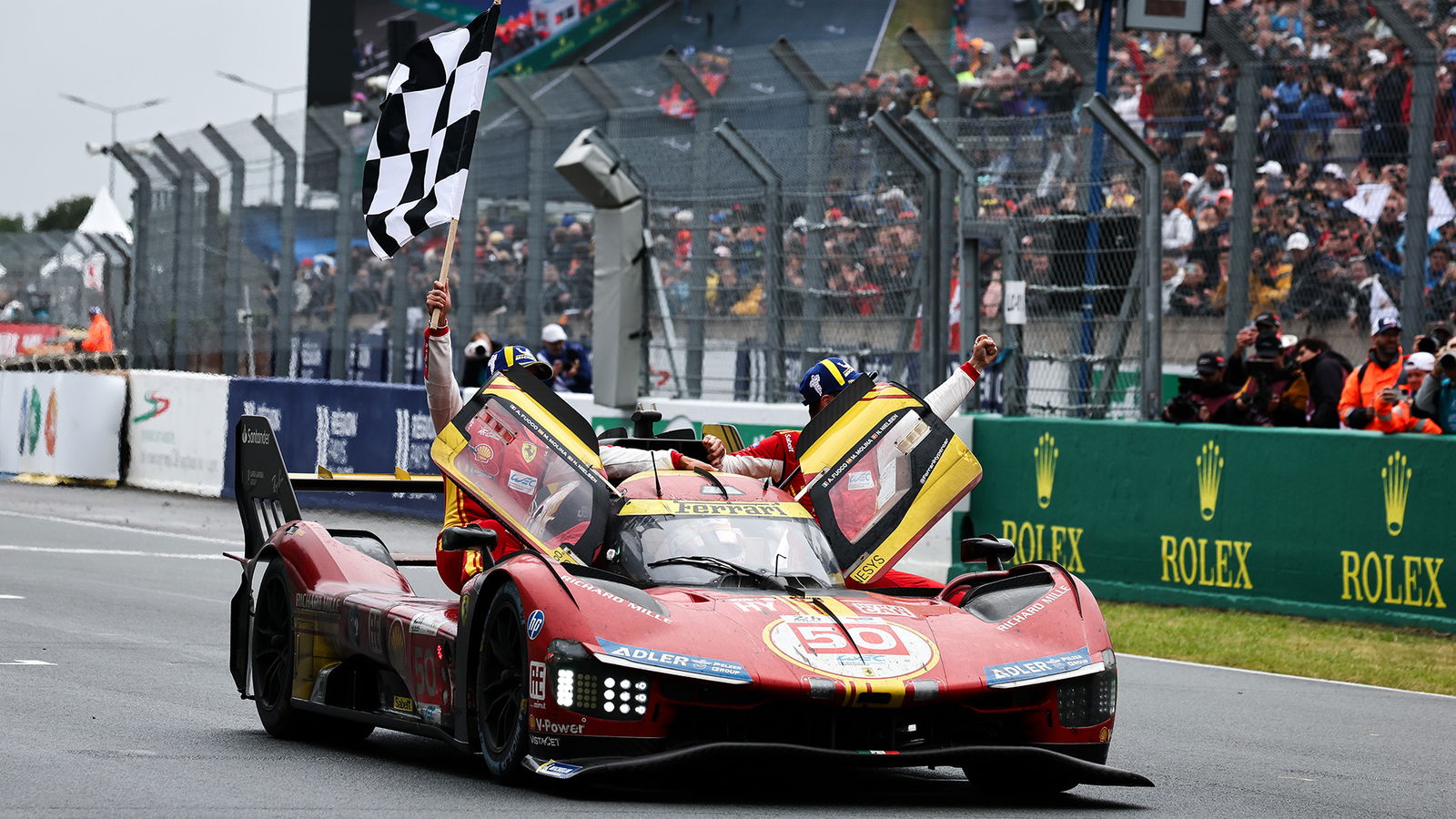
The most famous event in endurance racing is happening this weekend – the 24 Hours of Le Mans.
2025’s iteration will start at 3pm UK time on 14 June and the chequered flag dropping 24 hours later, with several big-name manufacturers and drivers descending on the French countryside.
Naturally, such a big race often captures the attention of newbies to the complex sphere of endurance racing. If you’re among those watching your first ever Le Mans (or just need a refresher for this year’s race), this guide should help you get up to speed.
Where is Le Mans?
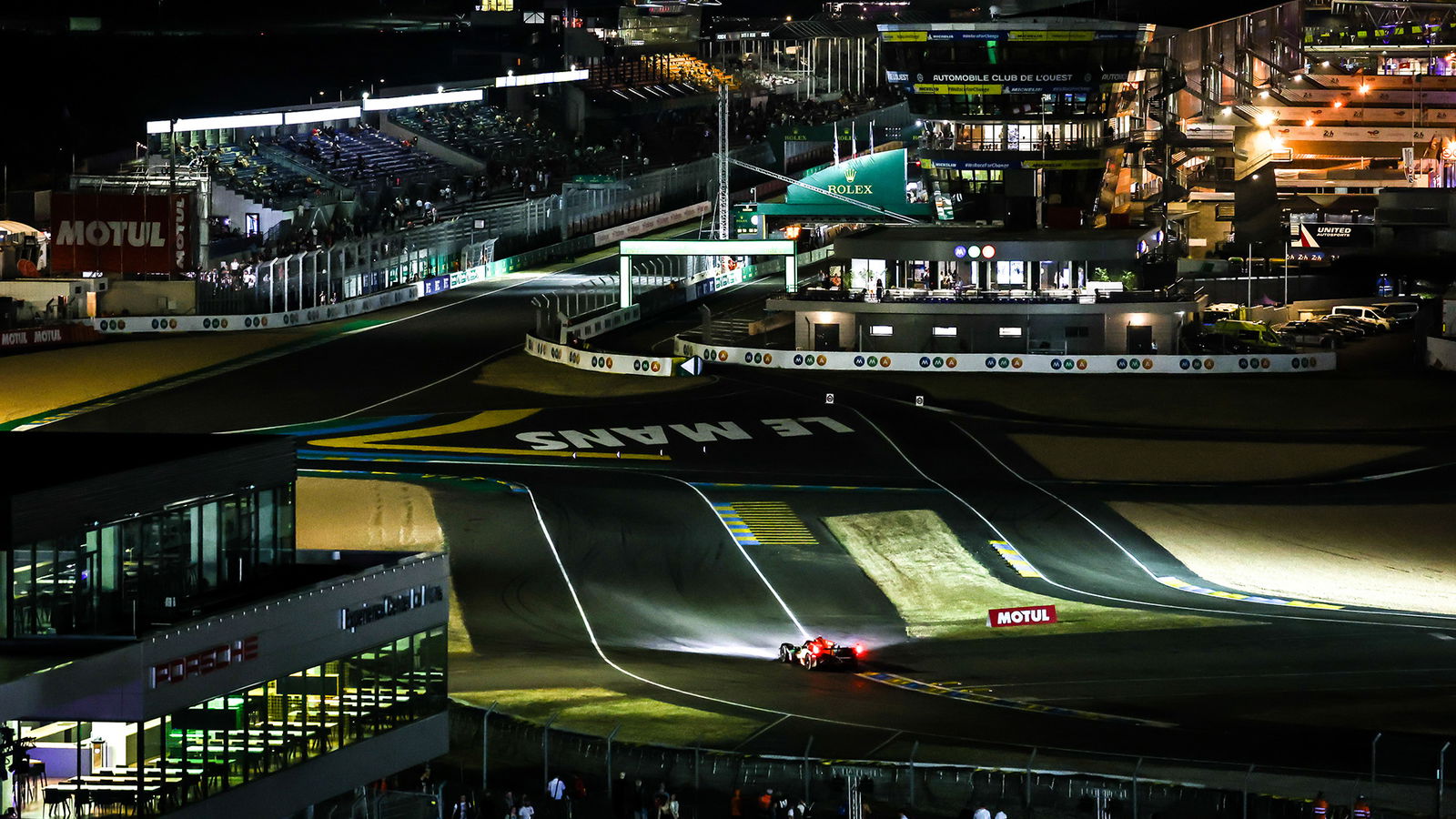
In the northwest of France, along the Sarthe River, is a little town called Le Mans.. For 51 weeks a year, it’s home to around 140,000 people.
For one week, though, that rises to around 400,000 as motorsport fans from across the world descend upon the Circuit de la Sarthe, based on the edge of the town.
Part of the 8.467-mile circuit is a permanent fixture - from the high-speed Porsche Curves towards the end of the lap, leading through to Tetre Rouge, a near-flat-if-you’re-brave-enough right-hander.
From there, closed local roads are used to make up the rest of the track, consisting mostly of the Mulsanne Straight – normally the RD 338 to regular traffic – where leading cars can reach speeds over 210mph before a heavy braking zone.
From there, it heads towards 90-degree corners in Indianapolis and Virage, before rejoining the permanent circuit.
Can I have a quick history lesson?
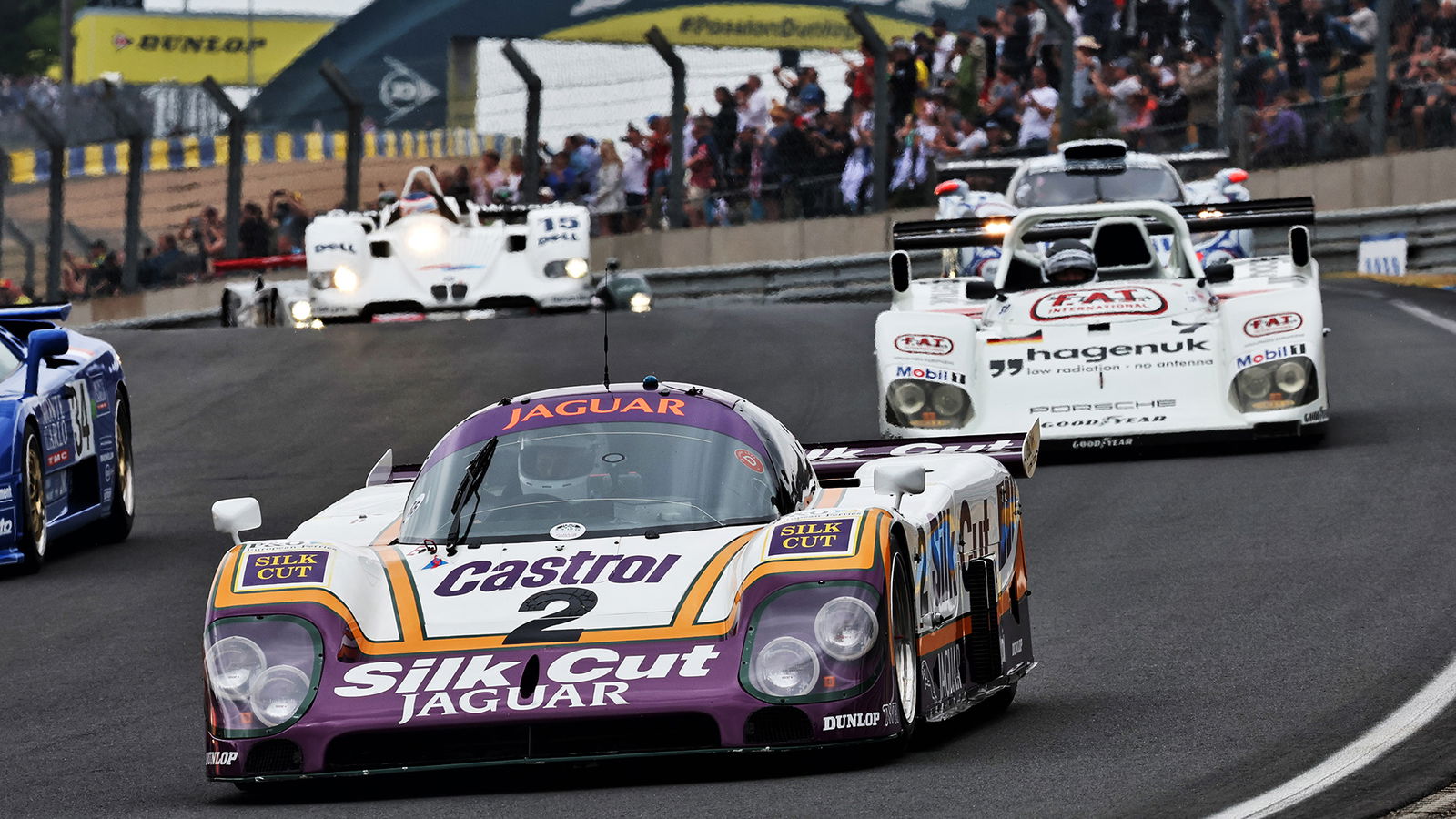
Certainly. 2025 marks 102 years since the very first 24 Hours of Le Mans, with the first held in 1923, making it the oldest active endurance race in the world.
Although a standalone event in its early years, it became a part of the World Sportscar Championship from 1953 until 1992. It was passed around various championships from then until 2012, when it became the highlight of the newly formed World Endurance Championship (WEC).
Porsche is the most successful manufacturer with 19 overall wins, with Danish racer Tom Kristensen the most-crowned driver with nine victories. Ferrari won 2024’s race, making it back-to-back victories, although will have an uphill battle to make it three on the bounce this year after a difficult qualifying. Cadillac will be starting on pole and have locked out the front row of the grid, but a lot can happen in 24 hours...
Which cars are racing at Le Mans?
Le Mans has three categories - Hypercar, LMP2 and LMGT3. This year’s race will see 62 cars line up on the grid. Each could, in theory, compete for the overall win, with all cars on track together, but every category has its own race within the race.
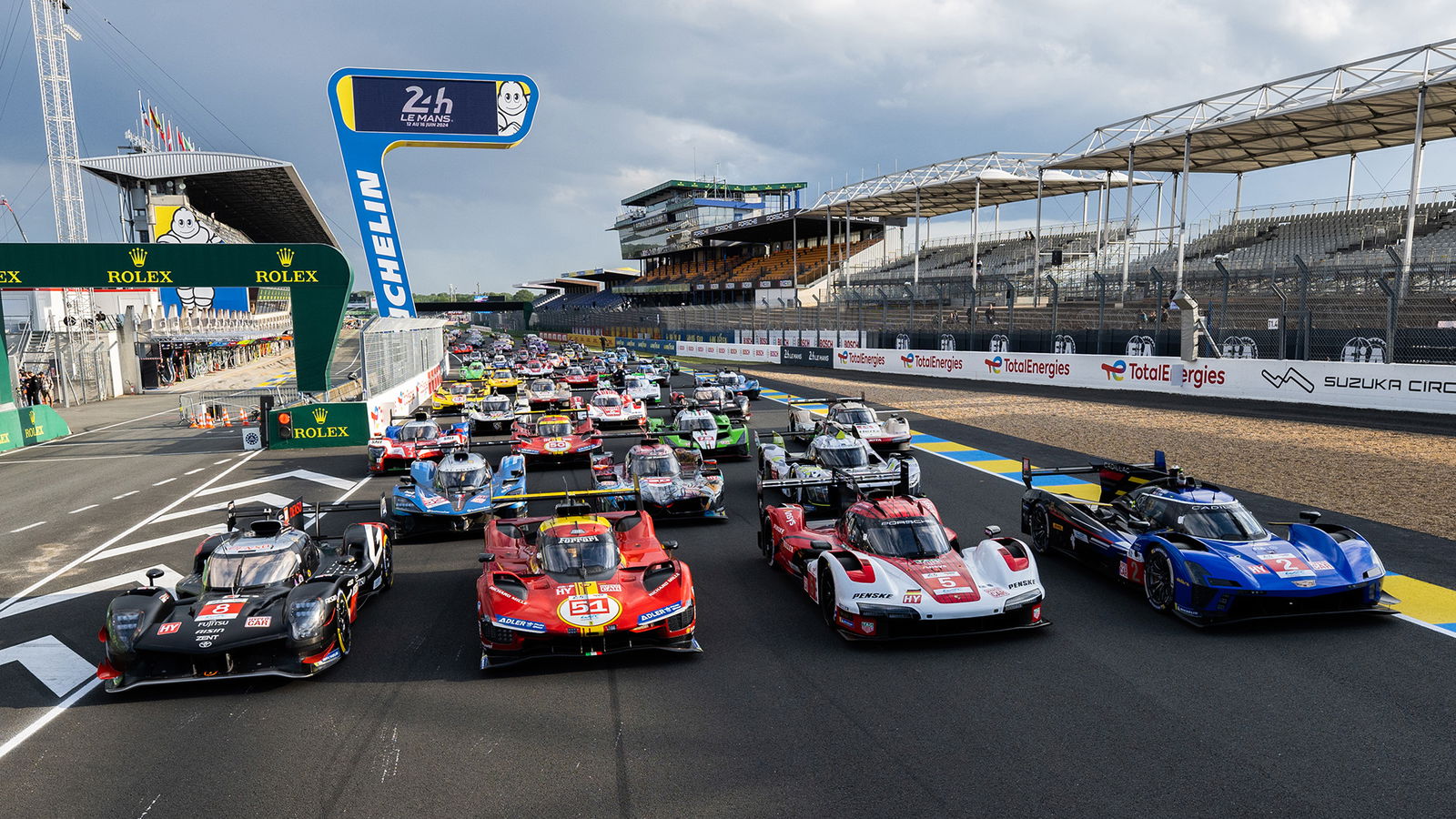
Hypercar
This is the top class in Le Mans, and these cars are the ones to keep an eye on for the overall win. They’re purpose-built prototypes, and are split into two subcategories - LMH and LMDh - although both compete against each other in the same class. It’s a little confusing at first, but stick with us.
We’ll start with LMDh, as this one is a pretty easy one to wrap your head around. The backbone of the car – basically everything but the engine and bodywork – is supplied by one of four chassis manufacturers: Dallara, Multimatic, Ligier and Oreca.
These are bought in by mainstream car manufacturers who then supply their own powertrains and bodywork for the car. It’s a cost-effective way to go racing, which is why it’s attracted some big names – BMW, Cadillac, Porsche, and Alpine are all competing with this ruleset. Genesis will compete in 2026, with Ford and McLaren following in 2027.
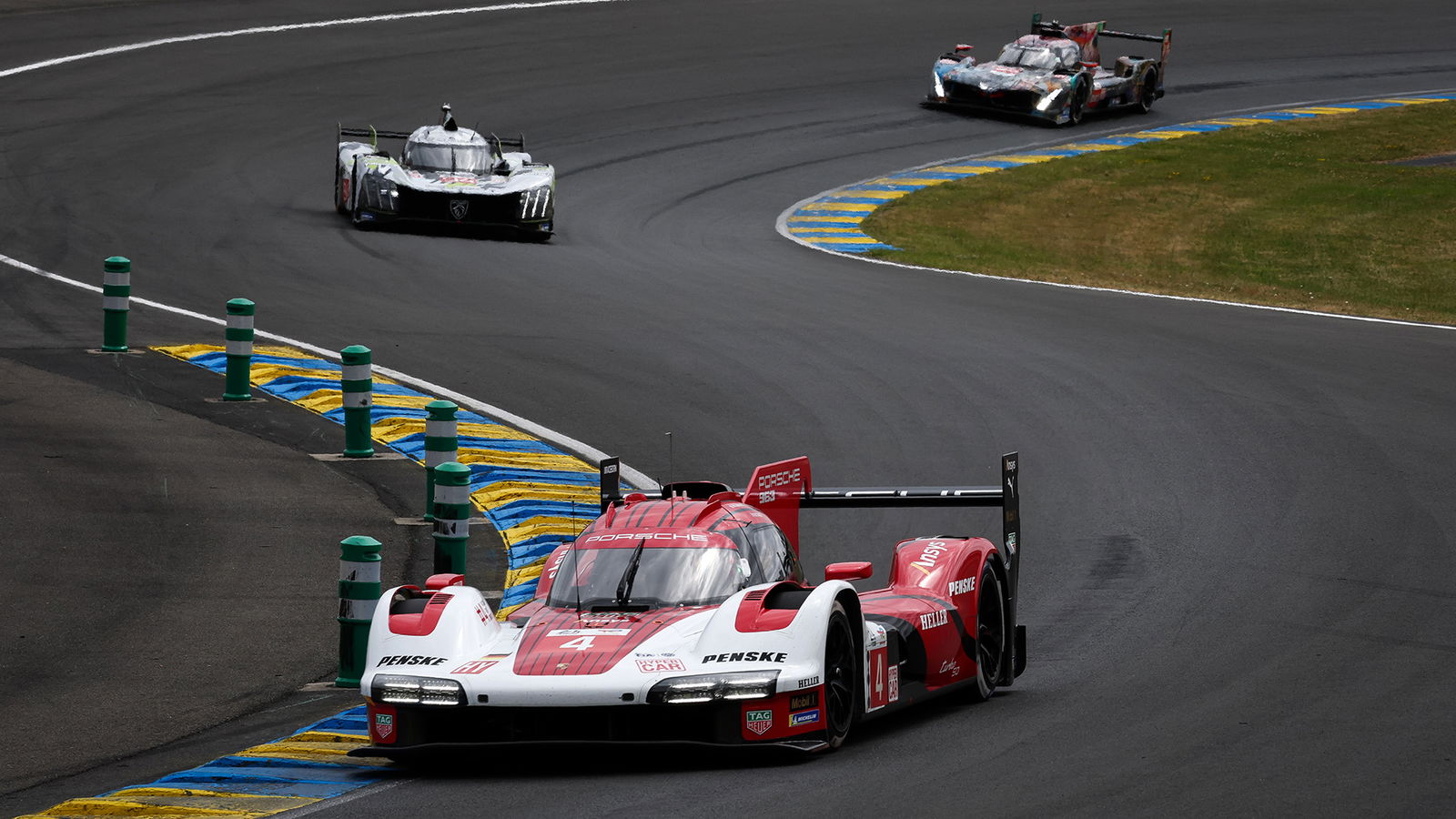
Then you have LMH, which is a less restrictive but more costly ruleset. Here, manufacturers can build their own chassis as well as supply everything else. Also, where LMDh must be rear-driven only, LMH cars can supply electric power to the front axle from a hybrid system.
Toyota, Ferrari, and Peugeot are the established names in this category, with 2025 also seeing the debut of Aston Martin with its Valkyrie. It’s the only Hypercar which is derived from a road car, as the rules originally intended.
You’re probably thinking that LMH has a massive advantage over LMDh, right? Well, no, as WEC uses Balance of Performance, usually referred to as ‘BoP’. We’ll come to that in a bit.
LMP2
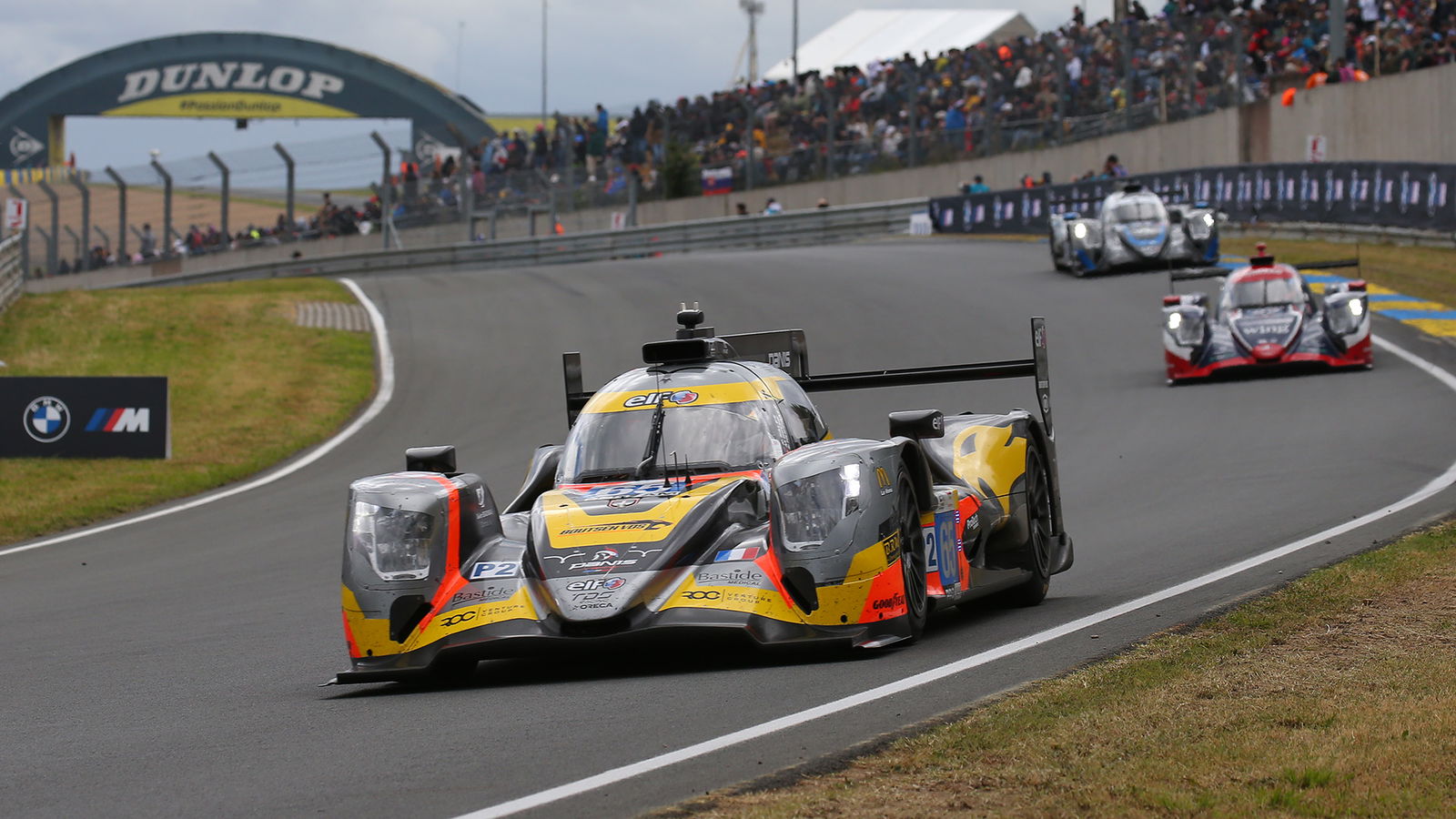
LMP2 cars are much easier to explain. Regulations in theory allow teams to buy a chassis from one of four constructors and an engine from pretty much anywhere, but the 2025 entry list is simpler than that.
Each of the 17 LMP2 cars on the 2025 entry list is an Oreca chassis with an engine from British manufacturer Gibson.
The name ‘LMP2’ is a carryover from the previous WEC regulations, which had LMP1 as the top-tier class. LMP2 remains as the second-fastest category for now, though it currently has an end-date of 2028.
LMGT3
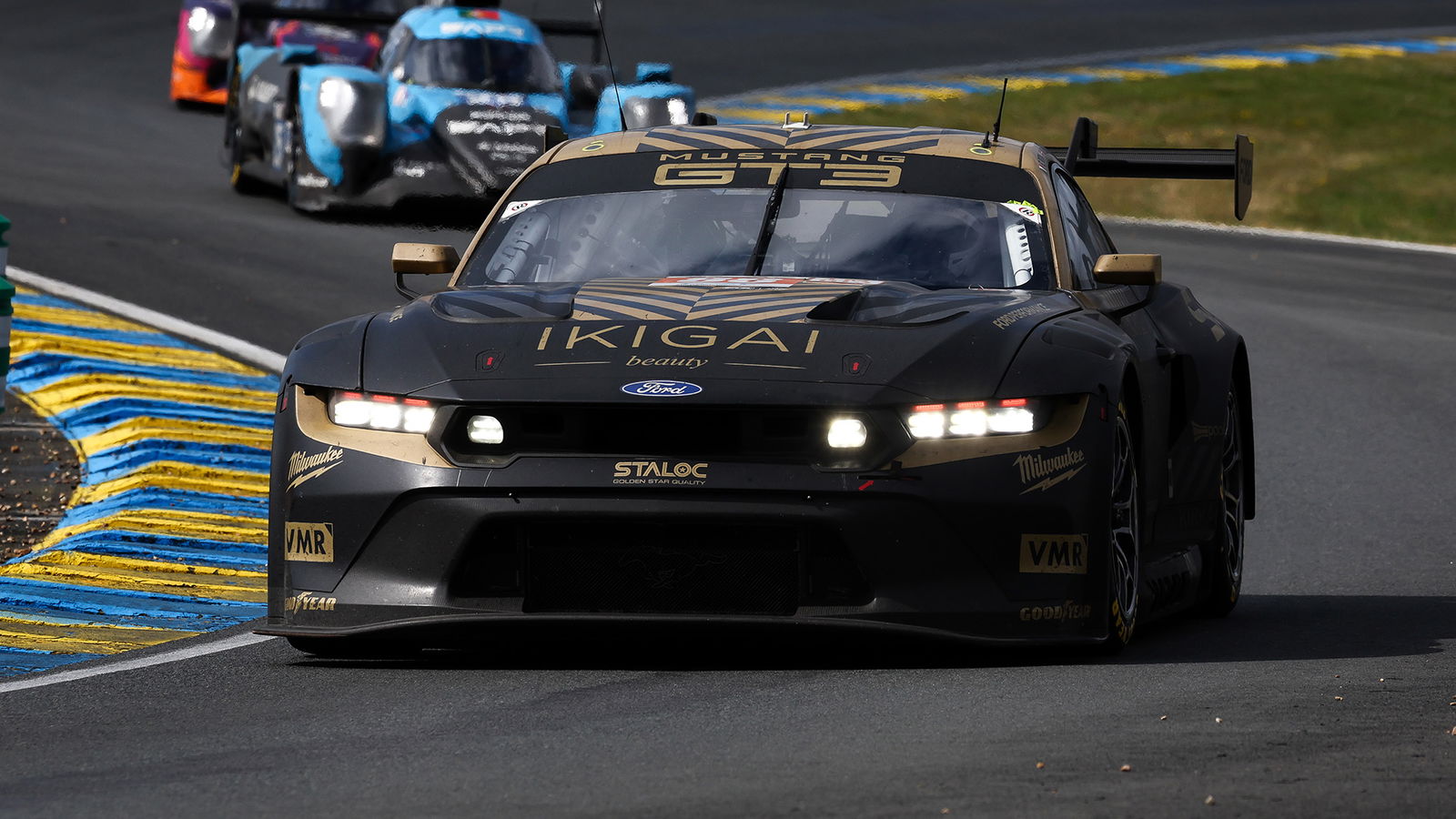
LMGT3 is based on the ruleset of the globally recognised GT3 category, with some WEC-specific tweaks, which is used in a variety of international and national championships.
These are based on road-going cars, albeit extensively modified. Manufacturer-backed efforts from Porsche, Ferrari, McLaren, Lamborghini, BMW, Aston Martin, Chevrolet and Ford will all compete with a pair of privateer Lexus RC Fs on the grid as well.
It would take something truly incredible for an LMGT3 car to win the race overall, as it’s far and away the slowest class, but it often throws up some of the best inter-class racing of all.
Wasn’t there a NASCAR there one time?
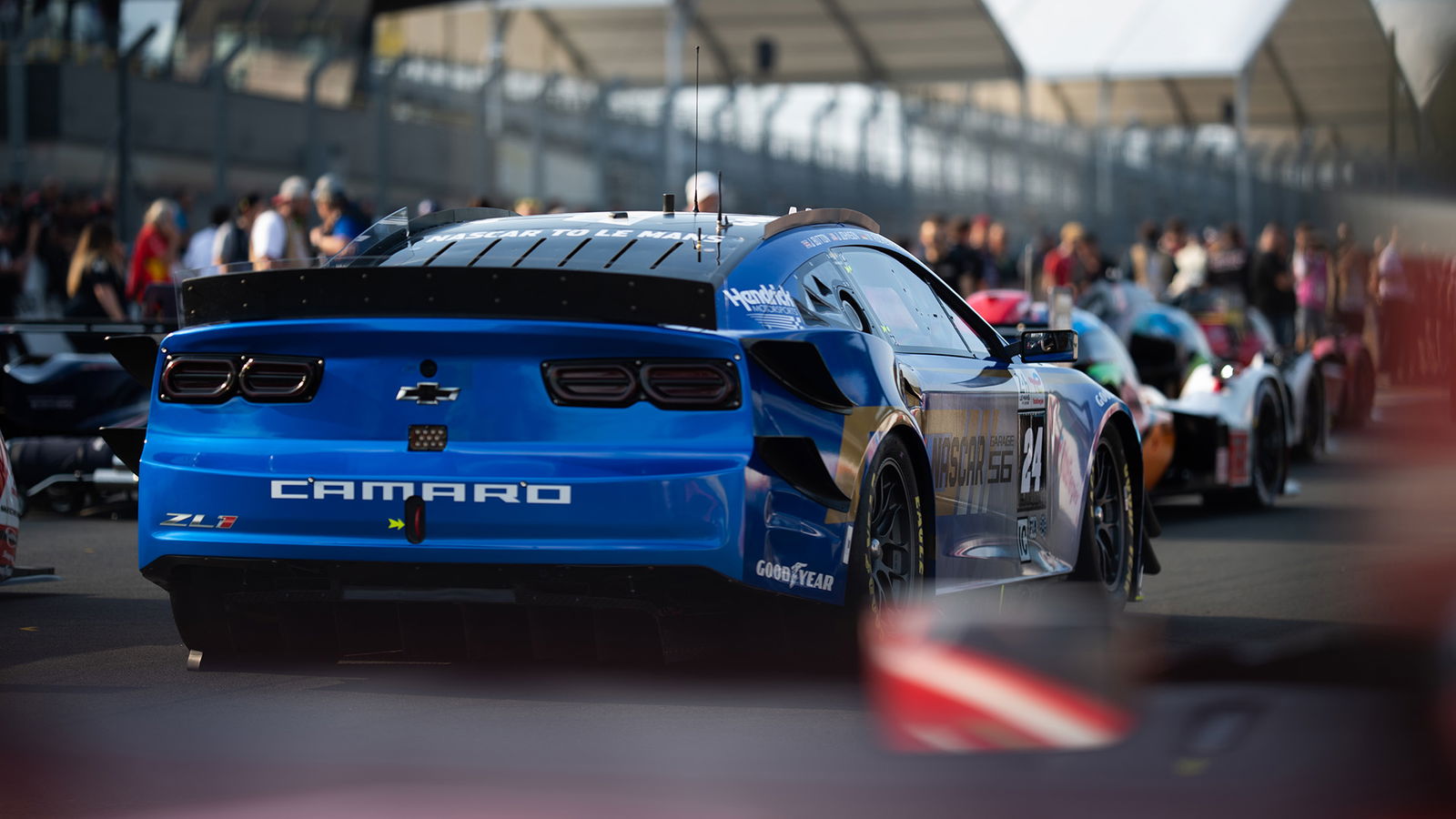
There was indeed a NASCAR stock car, albeit modified, competing in 2023. You’d be right for thinking it’s an odd inclusion, too.
That was entered under Garage 56, a long-standing ‘experimental’ entry which gives a one-off right to race to anyone with an idea good enough. Usually, that’s used to demonstrate future tech, although 2023 was used to celebrate 75 years of NASCAR racing.
As with 2024, there’s no Garage 56 this year, sadly.
What is ‘BoP’?
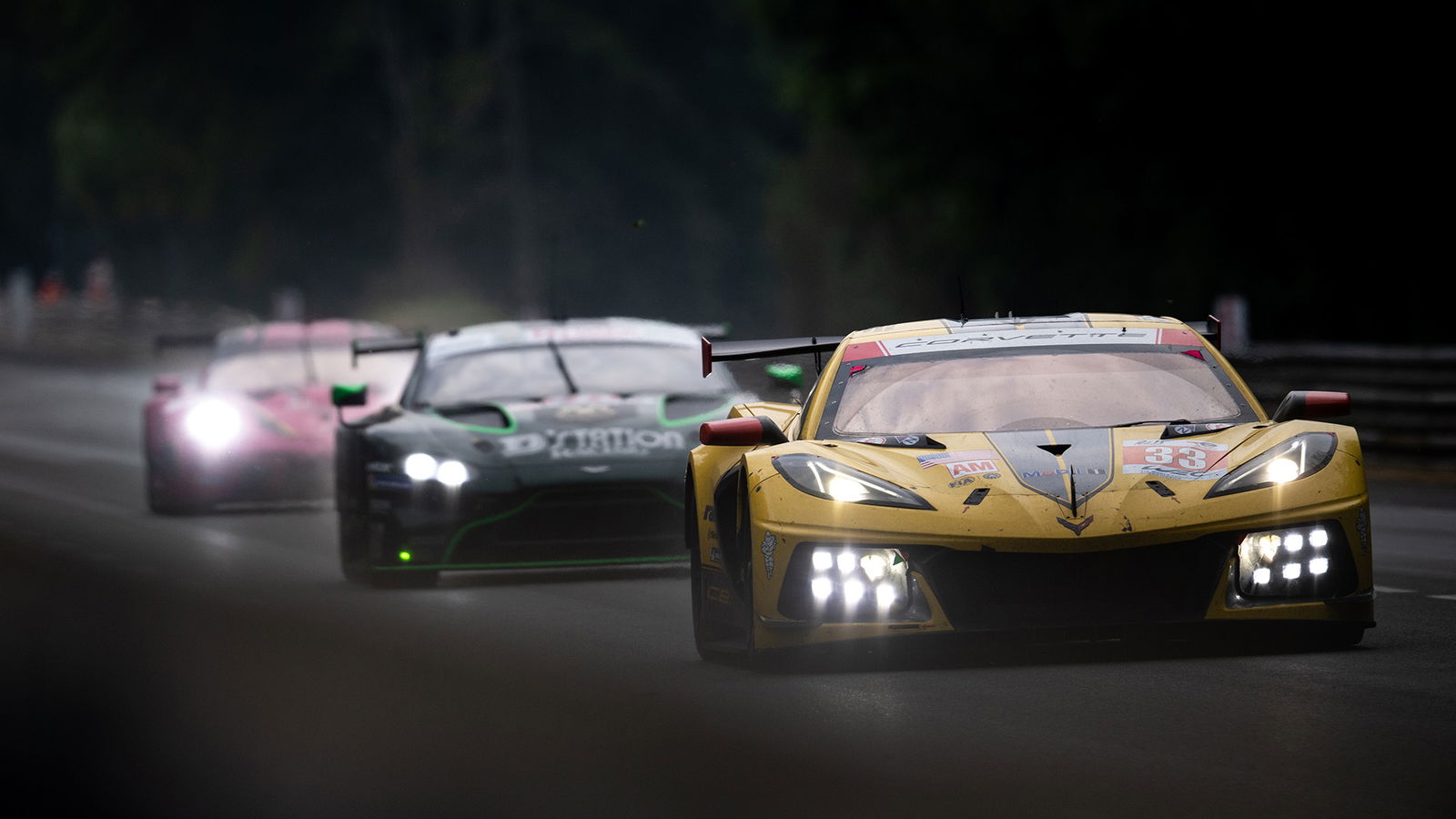
Balance of Performance, better known as BoP, is a system used by WEC governing bodies the FIA and the ACO to keep the racing competitive.
It’s not designed to even out the whole field, but rather cars within individual categories. It’s quite a complex thing to wrap your head around, but simply put, cars that are faster early in the season will have their performance culled by means of power restrictions or ‘ballast’ (extra weight) to try and even things out rather than have a Red Bull F1-style era of domination.
It’s not a perfect system and often throws up complaints from manufacturers who feel – rightly or wrong – unfairly hampered. So much so that sporting regulations actually forbid it from being discussed. Regardless, expect to hear about it quite a few times throughout the race.
Will there be any drivers I’ve heard of?

If you’ve got a general interest in motorsport, almost certainly. The series has its own set of legendary names – with fan favourites competing this year including Loïc Duval and Mike Conway.
For those unfamiliar with WEC, though, there are plenty of names from F1 years gone by. 2009 world champion Jenson Button will be competing in Cadillac’s LMDh effort, with cult favourite Kamui Kobayashi a legend of endurance racing in his own right with Toyota. Other names from recent F1 history lining up at Le Sarthe include Mick Schumacher, Kevin Magnussen and Antonio Giovinazzi.
When does the race start and how can I watch it?
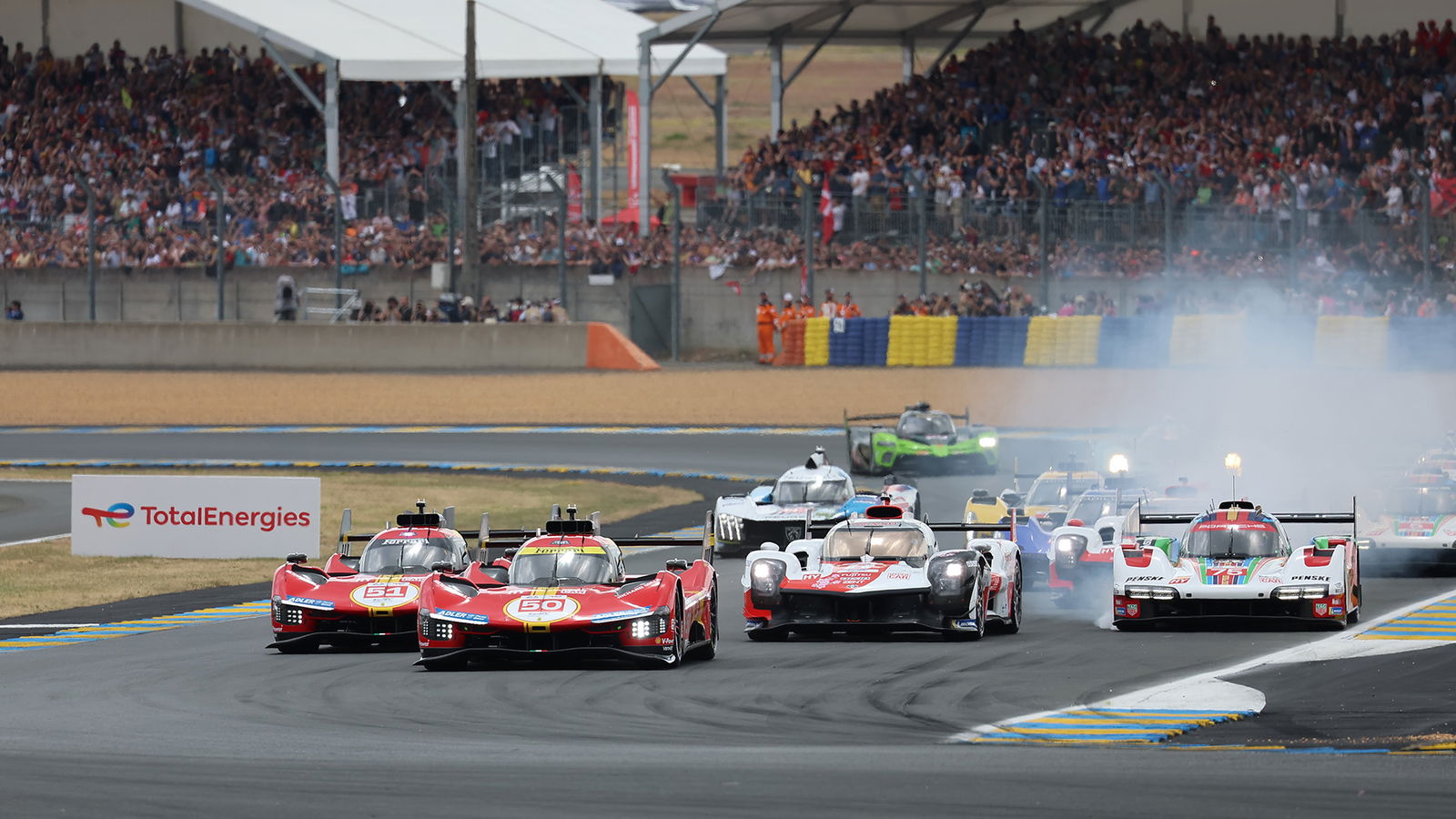
The 24 Hours of Le Mans will start on 14 June at 3pm UK time and, if you haven’t guessed from the name, will finish 24 hours later.
In the UK, TNT Sports will broadcast the race live on television, or you can watch it on the Discovery+ app. If you’d rather listen in, Radio Le Mans offers uninterrupted audio coverage of the race.
Tickets have sold out for the race, but organisers ACO do host an official resale platform, allowing you to buy tickets at face value for anyone who is unable to attend. Could be worth keeping an eye on if you fancy a very last-minute trip.
If you’d rather wait until 2026, tickets usually go on sale in late Autumn.
How does qualifying work?
Qualifying was revised for the 2025 race. Previously, it would be split up into two sessions. The first would take place on a Wednesday evening, with all 62 cars taking to the track for a one-hour session. At the end of this, the top six from each class advanced to ‘Hyperpole’, with everyone else’s starting positions determined.
That changed slightly this year. LMP2 and LMGT3 took part in one 30-minute session on Wednesday, 11 June, with 12 cars advancing to Hyperpole. Following that, a 30-minute session for Hypercars saw 15 cars advance.
Then, on the evening of 12 June, LMP2 and LMGT3 cars had a 20-minute Hyperpole session, with the top eight competing in another 15-minute session. It was the the same for Hypercars afterwards, only 15 became 10.
Still with us? The next bit is easy to understand. The fastest car in the second Hyperpole session took pole position for the race. Overall this year, that honour went to the #12 Cadillac.
How do you win Le Mans?
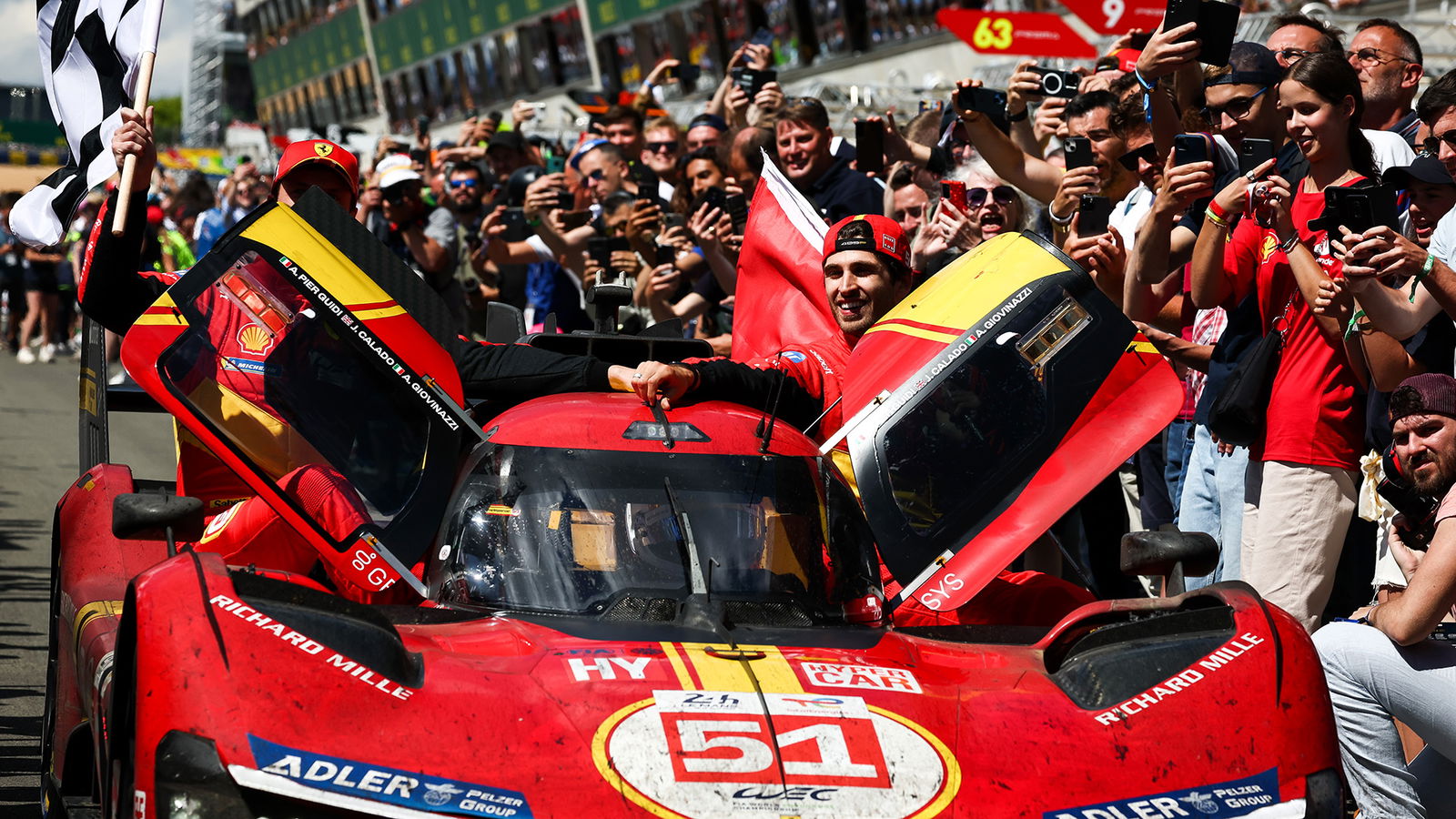
Unlike Formula 1, Le Mans is a race against the clock rather than a set number of laps. Simply put, the car that covers the most distance in 24 hours wins the race.
The race doesn’t just suddenly stop as the clock ticks over, though. Once the 24-hour mark is reached, the current lap becomes the final lap. It’s very rare at that point for two cars to be wheel-to-wheel on the same lap by this point, but fingers crossed that’ll happen this year.
Rather than one driver per car (although that did happen way back when), a car has three drivers on rotation working together as a team. Each must complete a minimum amount of time in the car, so there’s no putting two slow drivers in the car for 10 minutes each and then one for 23 hours and 40 minutes.

.jpg?width=1600)

Comments